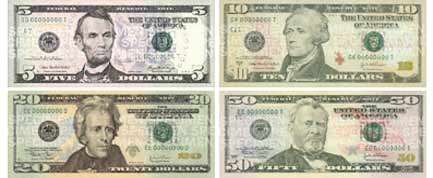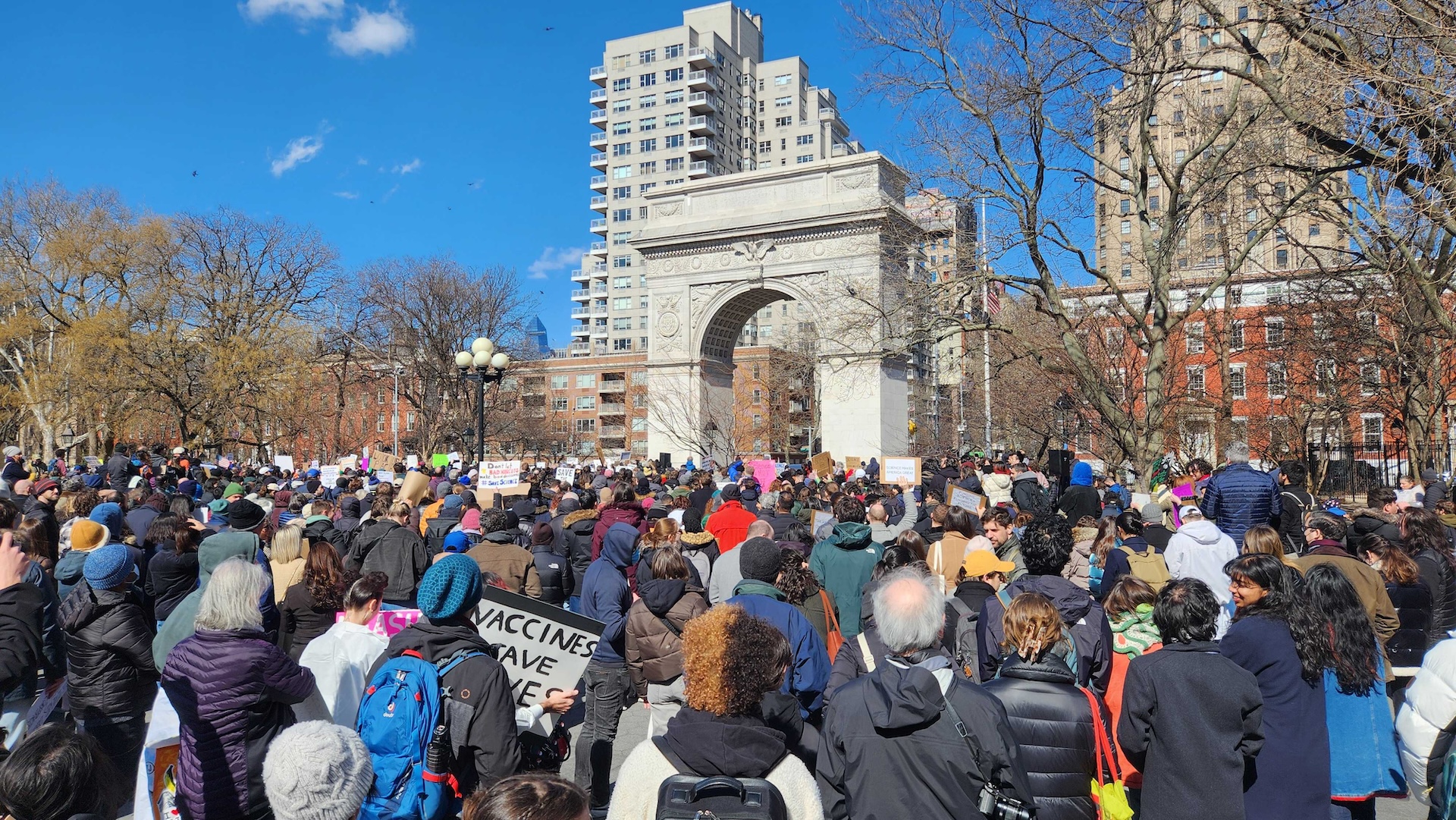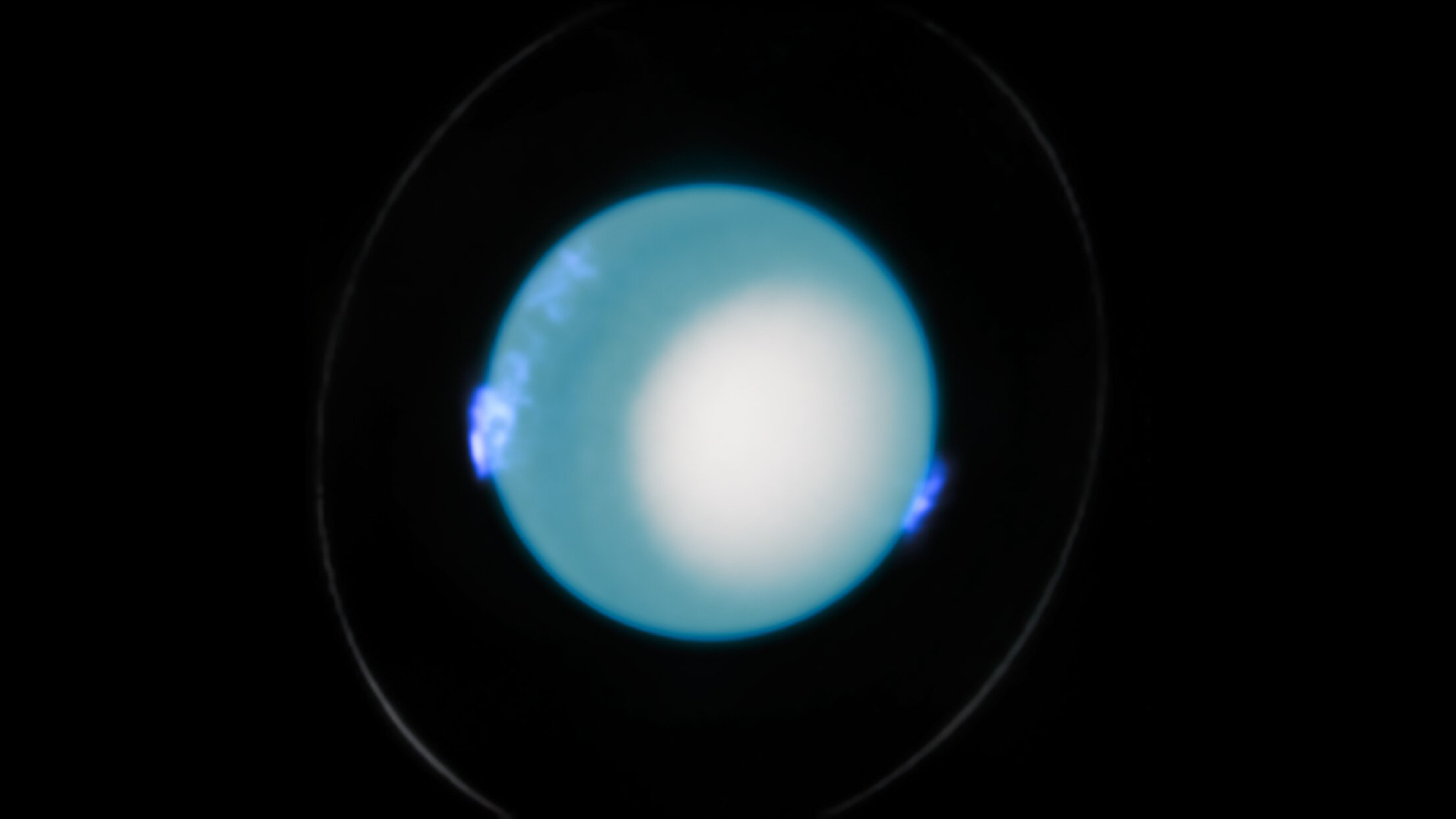Out of Thin Air: How Money is Really Made

Money may not grow on trees, but it does come from U.S. government printing presses. And the Mint can't keep up with demand.
The U.S. Bureau of Engraving and Printing (whose website name perhaps says it all: moneyfactory.gov) churns out about 38 million bills of varying denominations daily, all worth $750 million in face value. Facilities in Fort Worth, Texas, and Washington, D.C., use 18 tons of ink per day to keep up.
Yet 95 percent of fresh notes simply replace those already in circulation. Common $1 bills last about 21 months, while a $100 bill can go for roughly 7.4 years before requiring replacement. Taken all together, these physical bills represent just a drop in the bucket of global money.
The real trick to funding the $700 billion bailout of the financial industry in 2008: Make more money. However, most of that money never actually got printed at all. Rather, it was infused into the economy by the ultimate ATM: the federal government. And it grew and grew by a rather mystical process that works only when everyone plays the lending game.
Virtual cash
Most money lives not in our wallets but in something like a banking Matrix – a virtual world of electronic numbers running between bank accounts. People typically look at their money as a figure in a bank statement, and trust that number is real. The economy runs on that faith as workers deposit their checks in banks.
Banks then get down to the business of creating money by lending it out. Assume that you put $100 in your bank account. The government requires banks to hold a certain amount in reserve, say 10 percent, so the bank may just take $90 and lend it out to someone else. That person can then buy something with the $90. The store deposits the $90 in another bank, and the lending process continues to inflate the original $100.
"The original $100 that came in gets blown up by the banking system into something much bigger – essentially $1,000 [assuming a 10 percent reserve]," said Menzie Chinn, an economist and public policy expert at the University of Wisconsin in Madison.
This system may sound a bit magical, yet it works as long as banks and other lenders believe that debtors will pay them back. And if the loans go toward spending or investments that make even more money, everyone gets paid and the money-creation cycle continues.
The problem
People typically deposit their money with commercial banks such as Citibank or Wells Fargo. Corporations and large groups deposit their money with bigger investment banks such as Lehman Brothers and Morgan Stanley.
However, this lending-as-creating process imploded in 2008 after seemingly everyone had bet their borrowed money on the idea that housing prices would keep going up. When housing prices began to fall, many debtors lost that gamble and ended up failing to pay back their loans. Investment banks also found themselves in serious trouble after they had bet on the housing market, and either filed for bankruptcy, ended up on the auction block, or needed a federal hand.
In a situation like that, remaining banks become scared of lending out money when there is no guarantee they will get any of it back. That reluctance to lend out money "short circuits the money expansion process," Chinn told LiveScience.
This is a problem because the global economy depends heavily on borrowing and loans. Individuals and corporations may need to borrow heavily during bad times, and the lack of available loans can further plunge the economy into a downward spiral of recession.
The collapse of confidence in the lending system also destroyed any grand illusions of greater wealth created by the long chain of loans and ever-rising housing prices that weren't supposed to come down. The money-creation cycle screeched to a halt.
"But at the bottom of it, there was some reality of greater wealth," Chinn said. "Just not as much as we thought."
Solutions
The U.S. government's central bank, the Federal Reserve, normally has several tactics to tweak the money-creation process. The Fed can change the amount of money that banks are required to hold in reserve, which either frees up more for loans or reduces the amount available for loans. It can also deal with banks to buy or sell Treasury securities, again to increase or decrease the amount of money available for loans.
The government can also issue more U.S. Treasury bonds so that U.S. and foreign investors or governments can buy them up – basically borrowing more money from the rest of the world. That tends to drive the interest rate up, so that the U.S. government would ultimately have to pay back more money to its lenders.
The Fed can also buy up some of the Treasury bonds itself and reduce the interest rate on its bonds. That action essentially represents "printing money," Chinn said. Creating money out of thin air may help in the short term, but in the long run reduces the value of U.S. dollars.
"Or the U.S. government can raise taxes," Chinn added.
Sign up for the Live Science daily newsletter now
Get the world’s most fascinating discoveries delivered straight to your inbox.

Kimberly has a bachelor's degree in marine biology from Texas A&M University, a master's degree in biology from Southeastern Louisiana University and a graduate certificate in science communication from the University of California, Santa Cruz. She is a former reference editor for Live Science and Space.com. Her work has appeared in Inside Science, News from Science, the San Jose Mercury and others. Her favorite stories include those about animals and obscurities. A Texas native, Kim now lives in a California redwood forest.












